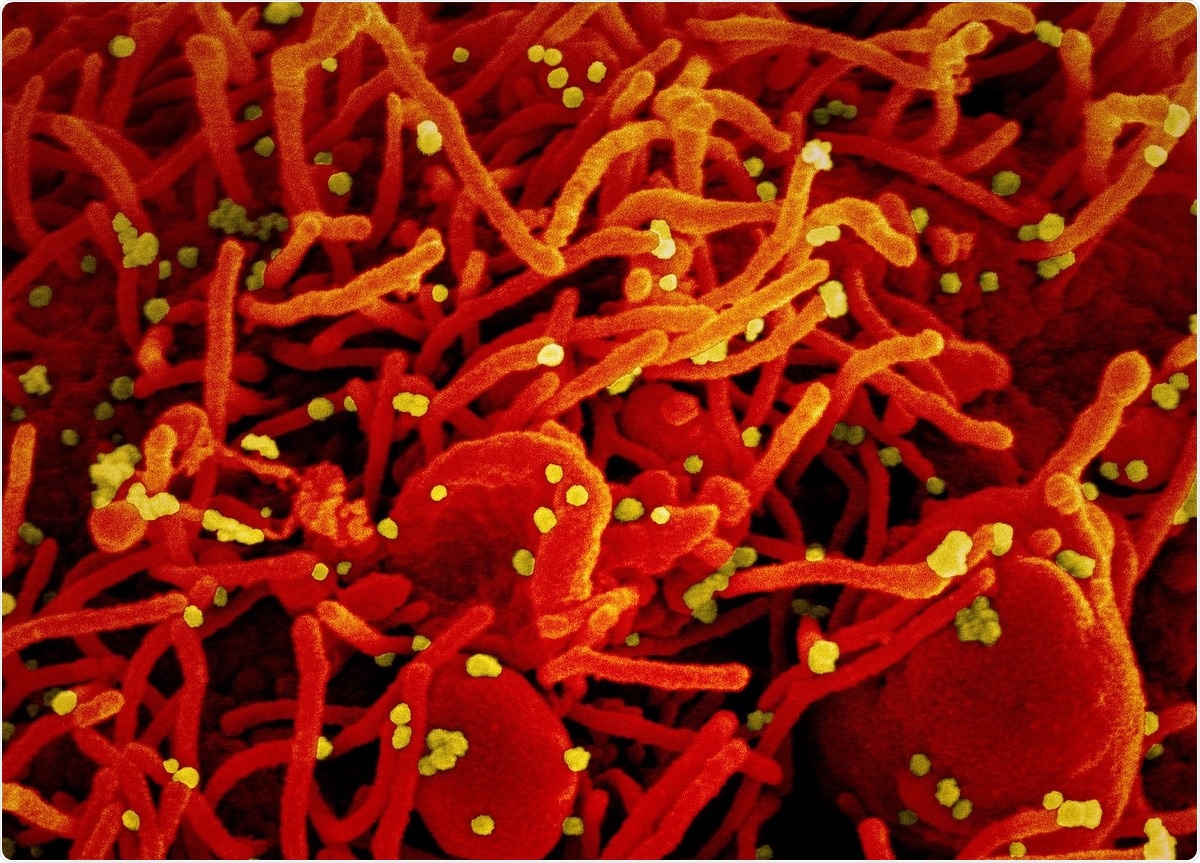In a new study published in Emergent Materials, researchers show how microfluidic systems integrated with quantum dot-based affinity biosensors can serve as a valuable platform to rapidly and accurately diagnose severe acute respiratory syndrome coronavirus 2 (SARS-CoV-2) infection.

What are quantum dots?
Quantum dots (QD) are nanoscale semiconductor crystals (size: 2-10 nm) with unique optical and electronic characteristics. Such nanomaterials are widely used in biosensing applications for biomedical and bioanalytical purposes. Unlike organic dyes and protein-based fluorophores, QDs have a wide absorption spectrum and narrow emission bands, which make them very suitable for cell imaging and biosensor applications. Specifically, QDs can be used to trace multiple biological targets simultaneously with simple instrumentations. Other properties of QDs that make them superior to organic dyes include higher quantum efficiency and molar absorption coefficient. Because of the semiconductor properties, QDs can also be used in electrochemical applications.
Quantum dots in biosensing
Biosensors are an analytical device that combines a biomolecule to detect an analyte and a physicochemical component to produce a measurable signal. In affinity and catalytic biosensor applications, QDs are used to develop optical and electrochemical transduction systems. In affinity biosensors, affinity-based biomolecules are immobilized on the transducer to reversibly detect analytes with high affinity and selectivity. The main principle is the formation of a stable and selective interaction between the biomolecule and analyte, which in turn generates a response signal by the transducer. The most commonly used biomolecules in affinity biosensors are antigen-antibody, oligonucleotides, aptamers, etc.
One of the recent advancements in biosensor applications is the integration of biosensing mechanisms in the microfluid system. In this approach, ODs are conjugated with the biomolecule via covalent or non-covalent binding approaches. In other words, microfluidic systems serve as a platform wherein QDs are integrated for biosensing applications. The main advantage of a microfluidic system is mass transfer in short diffusion distance. Similarly, the main benefit of QDs is a large surface area/volume ratio. By combining the benefits of QDs with the microfluidic system, it is possible to increase the sensitivity and reduce the response time of optical biosensors. Thus, a QD-based biosensor integrated with a microfluidic system can serve as an important tool to rapidly and accurately diagnose SARS-CoV-2 infection.
QD-based biosensor integrated with microfluidic system
In the microfluidic platform, polydimethylsiloxane-based microchannels are used. Polydimethylsiloxane, a silicon-based organic polymer, is highly elastic, non-toxic, biocompatible, and optically transparent. The channel surface is modified in microsystems to develop optical and electrochemical biosensors. In addition, the sensor region can be developed with magnetic particles or polystyrene microspheres (carrier solid supports) by creating an active detection zone in the microchannels. In a microfluid system without carrier solid support, immobilization techniques are used to create a detection zone on the microchannel surface.
Potential applications
QD-based biosensors integrated with a microfluidic system can be used for real-time, lab-quality diagnostic purposes. Such portable designs are particularly helpful for rapid and accurate detection of various biomedical conditions. The rapid adaptability of fluidic detection systems to QD-based biosensor applications encourages faster development of new detectors for coronavirus disease 2019 (COVID-19) diagnosis.
The QD-based optical biosensor has been developed in the microfluidic system to detect various viral genotypes, cancer biomarkers, and pathogens (coronavirus, human immunodeficiency virus, and Zika virus). Recently, polymerase chain reaction (PCR) for SARS-CoV-2 has been conducted in an electrochemical microfluidic device for the detection of amplified nucleic acids on a silicon-based transducer. Similarly, an optical microfluidic device has been developed to detect anti-SARS-CoV-2 antibodies using surface plasmon resonance transduction method. Using this method, SARS-CoV-2 spike protein-specific antibodies can be detected in diluted human plasma samples within 30 min. In addition, a fluorescence-based microfluidic detection system has been developed to simultaneously detect IgG/IgM antibodies and antigens of SARS-CoV-2 within 15 min.
In addition, QDs can be used as donor molecules in fluorescence resonance energy transfer (FRET) assay. By integrating QD-based FRET with affinity biosensing, it is possible to detect proteins, nucleic acids, and small molecules.
- Sahin S. et al. (2021). Affinity biosensors developed with quantum dots in microfluidic systems. Emergent Materials https://doi.org/10.1007/s42247-021-00195-5, https://link.springer.com/article/10.1007/s42247-021-00195-5
Posted in: Device / Technology News | Medical Science News | Medical Research News | Disease/Infection News | Healthcare News
Tags: Analyte, Antibodies, Antibody, Antigen, Aptamers, Assay, Biosensor, Cancer, Cell, Cell Imaging, Coronavirus, Coronavirus Disease COVID-19, Diagnostic, Diagnostics, Fluorescence, FRET, Imaging, Immunodeficiency, Oligonucleotides, Polymerase, Polymerase Chain Reaction, Protein, Quantum Dots, Quantum Efficiency, Respiratory, SARS, SARS-CoV-2, Severe Acute Respiratory, Severe Acute Respiratory Syndrome, Spike Protein, Syndrome, Virus, Zika Virus

Written by
Dr. Sanchari Sinha Dutta
Dr. Sanchari Sinha Dutta is a science communicator who believes in spreading the power of science in every corner of the world. She has a Bachelor of Science (B.Sc.) degree and a Master's of Science (M.Sc.) in biology and human physiology. Following her Master's degree, Sanchari went on to study a Ph.D. in human physiology. She has authored more than 10 original research articles, all of which have been published in world renowned international journals.
Source: Read Full Article